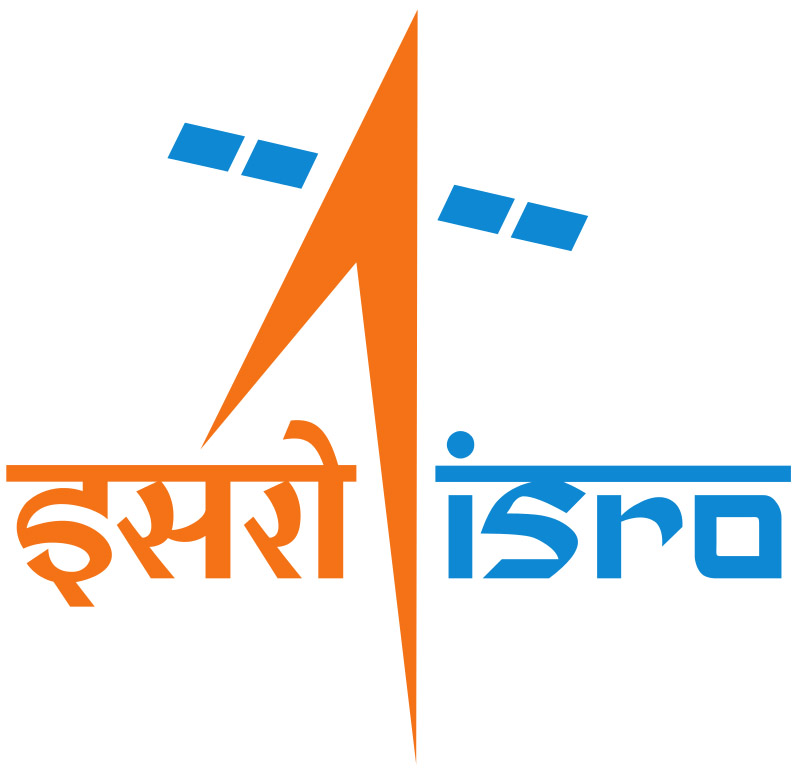CHENNAI, Jan 4: After a rather muted 2021 which was hit by COVID pandemic for the second successive year, the Indian Space Agency is gearing up for the New Year with a series of missions in 2022.
In his New Year message, to ISRO scientists, Indian Space Research Organisation (ISRO) Chairman Dr K Sivan said “last year, we had two missions in which one was a dedicated commercial mission by NSIL. The GSLV-F10/EOS-03 mission failed due to cryogenic stage anomaly.
A National level Failure Analysis Committee was constituted for the same and the committee has identified the root cause and given its recommendations. Necessary design changes are being incorporated to improve the robustness of concerned systems, Dr Sivan said.
The GSLV-F10, carrying the Earth Observation Satellite, EOS-03, took off from the SHAR Range, Sriharikota on August 12, 2021 at 0543 hrs as scheduled.
The performance of first and second stages was normal. However, the Cryogenic Upper Stage ignition did not happen due to technical anomaly and the mission could not be accomplished as intended.
Announcing the plans for 2022, Dr Sivan said “if you look, at the immediate task at hand this year, we have many missions to execute, including the first unmanned Gaganyaan mission.”
He said some of launch missions were EOS-4 and EOS-6 on board PSLV. Launch of EOS-02 on board maiden flight of the Small Sattelite Launch Vehicle (SSLV).
Many test flights for Crew Escape System of Gaganyaan and launch of the first unmanned mission of Gaganyaan would also take place this year.
“In addition, we also have Chandrayaan-03 mission, Aditya Ll, XpoSat, IRNSS and technology demonstration missions with advanced indigenously developed technologies on-board”, Dr Sivan said.
Dr Sivan said ISRO has three new space science missions in the pipeline. They included DISHA, a twin aeronomy satellite mission, Venus mission and ISROCNES joint science mission TRISHNA.
TRISHNA mission is meant for accurate mapping of land surface temperatures. This mission will be the benchmark for providing temperature data at best resolution and repeatability even globally, Dr Sivan, who is also the Chairman of the Space Commission and Secretary, Department of Space, said .
India’s flagship GAGANYAAN project has completed the design phase and has entered into the testing phase, he said.
“Tests are in progress for human rated Ll 10 Vikas engine, Cryogenic stage, Crew escape system motors and service module propulsion system. S200 motor has been realized for ground test too.
Main parachute drop test has also commenced”, he said, adding, the Astronauts have completed the generic spaceflight training abroad.
The Indian leg of mission specific training has also commenced. A comprehensive training plan has been worked out and state-of-the art accommodation-cum-training facility has been established for the same, Dr Sivan said.
He said ISRO has formulated a decadal plan for the Indian Space Programme as the space industry was changing very rapidly and service demands ballooning. (PTI)
“Today, when we look forward, we not only look forward to the next year, but to the next decade. Sound planning is essential for the next decade given that the space industry is changing very rapidly and service demands from space industry is ballooning”, Dr Sivan said.
“We have formulated the decadal plan for the Indian Space Programme for the country as a whole, keeping the ethos of space sector reforms to enable the national space sector which includes ISRO, academia and private sector.
This is to foster all-round growth in operational missions, launch services, science missions, technology demonstration missions and new technology development initiatives”, he said. (PTI)
Efforts have also been made to map the future space sector activities with growth drivers and disruptive technologies. Emphasis has been paid to identify and develop the technologies of the future especially the disruptive technologies which may make the existing space systems obsolete, he said.
(UNI)


